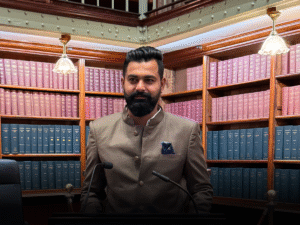
In the high-stakes world of Indian cricket, insecurity and politics play a significant role, shaping the dynamics within the team and influencing players’ careers. A recent conversation sheds light on the complexities of navigating this competitive landscape, where talent alone is often not enough to secure one’s position.
Insecurity looms large in the cricketing ecosystem, driven by fierce competition for spots in the team. As highlighted in the discussion, even talented individuals find themselves grappling with doubts about their place in the squad. The pressure to perform consistently and the fear of being replaced by up-and-coming players contribute to a sense of insecurity that permeates the cricketing fraternity.
Moreover, the politics of cricket adds another layer of complexity to the game. Players must not only excel on the field but also master the art of navigating the social dynamics off the pitch. Building alliances, forming connections, and playing the “people’s game” become essential strategies for survival in this fiercely competitive environment.


The conversation underscores the significance of relationships within the team. While camaraderie and mutual support are valued, the reality is that not everyone forms close friendships. Instead, players must carefully navigate alliances and rivalries to secure their positions and advance their careers.
The parallels drawn between cricket and other industries, such as the corporate world and the film industry, highlight a broader phenomenon of politics and insecurity that transcends boundaries. Whether in sports or professions, the need to “suck up” and play the game to climb the ladder is a universal reality.
However, amidst the challenges and uncertainties, there are players who thrive and carve out successful careers. Those who understand the nuances of the game, both on and off the field, often enjoy longer and more illustrious careers. Adaptability, resilience, and a keen understanding of the ecosystem are essential traits for navigating the competitive world of Indian cricket.
In conclusion, the conversation provides a compelling insight into the intricate web of insecurity and politics that characterizes Indian cricket. It sheds light on the realities faced by players and the strategies they employ to survive and succeed in a highly competitive environment. As the sport continues to evolve, understanding these dynamics becomes increasingly crucial for players aspiring to make their mark on the cricketing landscape.








